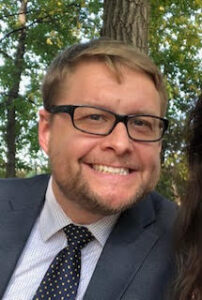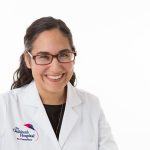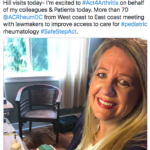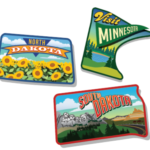Until very recently, Grant Syverson, MD, was the only pediatric rheumatologist in North Dakota. The state now has two practicing pediatric rheumatologists, but he’s still one of only a handful of rheumatologists serving the Dakotas and their neighboring states.
To serve the region’s need for pediatric rheumatology services, Dr. Syverson flies to other states to hold outreach clinics, uses telemedicine and confers with local universities and primary care providers. Despite the regular traveling and the heavy workload, he stays upbeat because he loves helping patients in the place that he and his family call home. Still, he’s hopeful that having another local rheumatologist—Christopher Failing, MD, at Essentia Health in Fargo—will improve care for the region’s pediatric patients.

Grant Syverson, MD
“My hope is that it’ll help with some of the delays in getting in, as far as the Minnesota patients. … I haven’t had a chance to really sit down with [Dr. Failing] and just talk through things because of COVID, but I assume it’s going to be a very collaborative relationship. I mean, there’s enough business to go around,” Dr. Syverson says.
Underserved regions need more pediatric rheumatology providers to help improve the balance between supply and demand, which will in turn improve outcomes for patients. Policy initiatives, such as loan repayment programs and tax incentives, may help attract more providers to the subspecialty and to the more remote regions of the U.S.
All in a Day’s Work
Dr. Syverson, a pediatric rheumatologist at Sanford Children’s in Fargo, moved back to North Dakota in 2016 to be closer to family and because he knew there was a pressing need for his specialty in the region. Before he arrived, he knew of families who would drive eight hours each way to take their children to Minneapolis for infusions, clinic appointments and other services.
As part of his work, Dr. Syverson spends three to five days per month traveling to South Dakota to reach patients who can’t get to Fargo. Because of the geography of the region, he sees patients from Minnesota, Iowa, Nebraska, South Dakota and Montana. He also serves the region’s Native American reservations.
“One really important [aspect of my practice] is the ability to work with the Native American populations in North and South Dakota. … Bringing more and more resources to those populations is going to be good for all of us,” he says. “And … it certainly is something that makes me feel very proud.”


